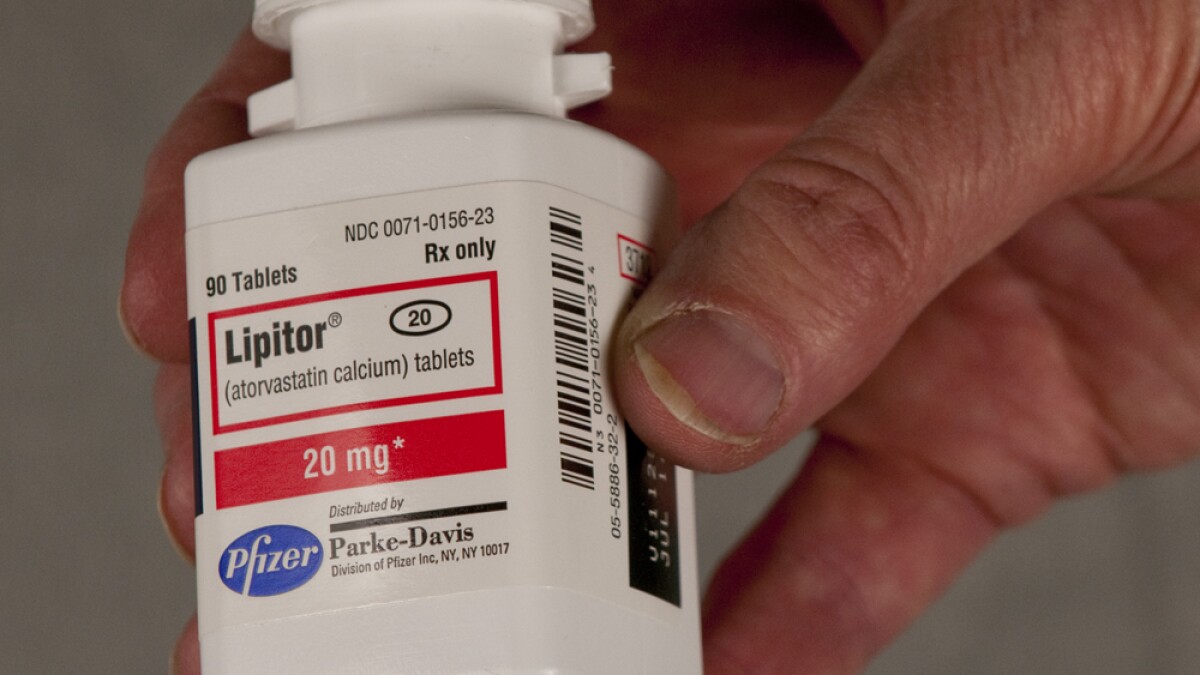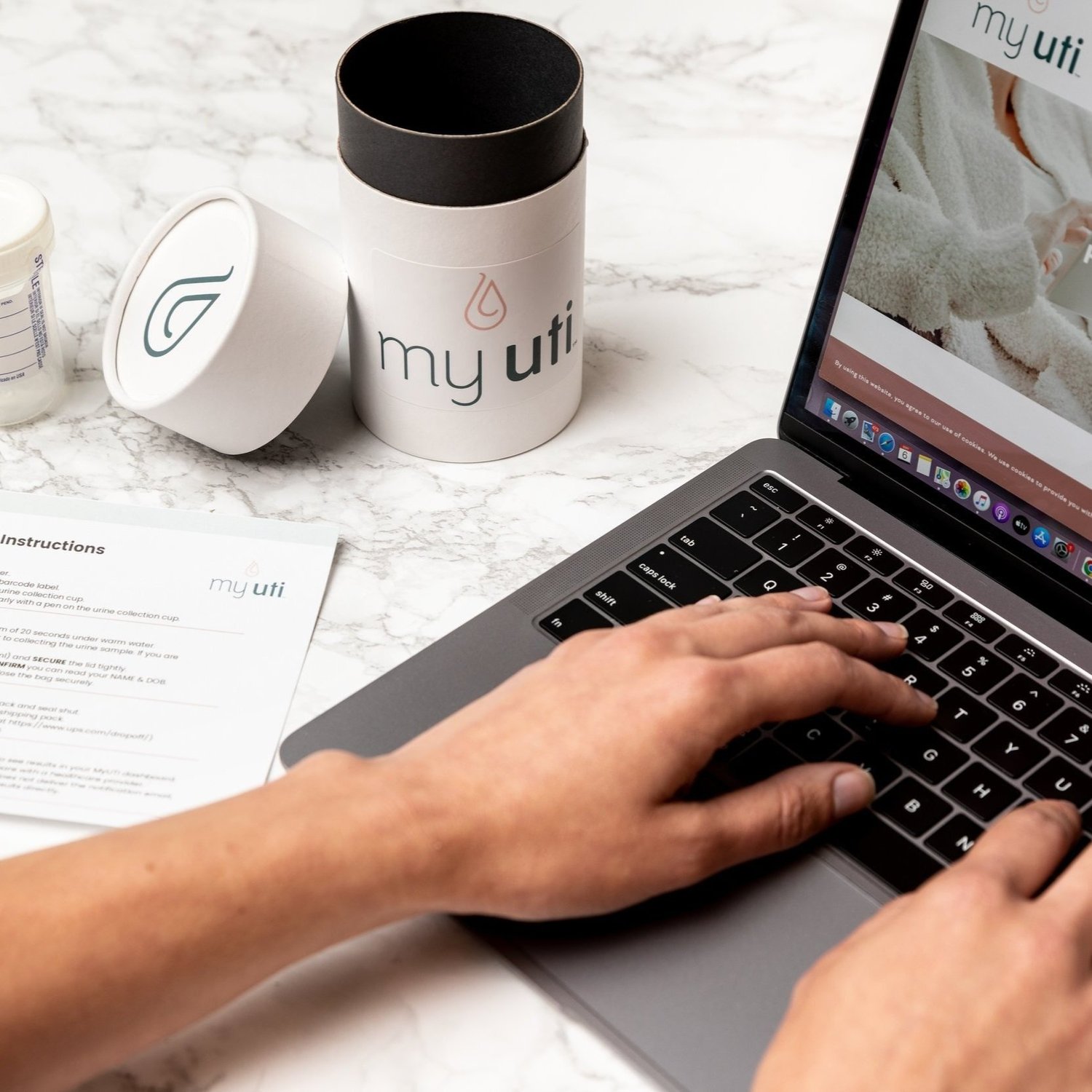Home>Finance>How Much Are UTI Antibiotics Without Insurance?


Finance
How Much Are UTI Antibiotics Without Insurance?
Published: November 16, 2023
Discover the cost of UTI antibiotics without insurance and find out how to manage your finances for vital healthcare treatments.
(Many of the links in this article redirect to a specific reviewed product. Your purchase of these products through affiliate links helps to generate commission for LiveWell, at no extra cost. Learn more)
Table of Contents
Introduction
Welcome to our comprehensive guide on the cost of UTI antibiotics without insurance. Urinary Tract Infections (UTIs) are a common condition that can cause discomfort and inconvenience for those affected. UTIs are caused by bacteria entering the urinary tract and can result in symptoms such as frequent urination, pain or burning during urination, and a strong urge to urinate.
When it comes to treating UTIs, antibiotics are often prescribed to kill the bacteria causing the infection. However, the cost of antibiotics can be a concern, especially for those without insurance coverage. In this article, we will explore the cost of UTI antibiotics without insurance, factors that can affect the cost, and ways to save money on these medications.
It’s important to note that while antibiotics can be effective in treating UTIs, it is always recommended to consult with a healthcare professional for an accurate diagnosis and appropriate treatment plan. Self-diagnosis and self-medication can lead to complications and may not effectively treat the underlying infection.
Now, let’s delve into the details and gain a better understanding of the cost of UTI antibiotics without insurance.
Understanding UTIs and Antibiotics
Before we discuss the cost of UTI antibiotics without insurance, it’s important to have a basic understanding of UTIs and how antibiotics work to treat these infections.
A Urinary Tract Infection (UTI) occurs when bacteria enter the urinary tract, which includes the bladder, urethra, ureters, and kidneys. The most common type of UTI is a bladder infection, also known as cystitis. UTIs can also affect the urethra (urethritis) or the kidneys (pyelonephritis), which can be more serious.
Antibiotics are medications that are commonly used to treat bacterial infections, including UTIs. These medications work by killing or inhibiting the growth of bacteria, reducing the symptoms and helping the body’s immune system fight off the infection.
The specific type of antibiotic prescribed for a UTI can vary depending on the severity of the infection, the type of bacteria causing it, and the individual’s medical history. Commonly prescribed antibiotics for UTIs include Trimethoprim-sulfamethoxazole, Nitrofurantoin, and Ciprofloxacin.
It is important to note that not all UTIs are caused by bacteria. In some cases, UTI-like symptoms may be the result of other factors such as irritation or inflammation. In these situations, antibiotics may not be necessary or effective, and a healthcare professional will need to determine the appropriate course of action.
When it comes to treating UTIs with antibiotics, it’s crucial to follow the prescribed dosage and complete the full course of treatment. This helps to ensure that the infection is fully eradicated and reduces the risk of antibiotic resistance.
Now that we have a basic understanding of UTIs and antibiotics, let’s explore the cost of UTI antibiotics without insurance and how it can impact individuals without coverage.
The Cost of UTI Antibiotics Without Insurance
For individuals without insurance coverage, the cost of UTI antibiotics can vary depending on several factors. It’s important to note that the prices mentioned here are approximate and can vary based on location and the pharmacy you visit.
The cost of a typical UTI antibiotic prescription without insurance can range from $15 to $50 for a generic version of the medication. Brand name antibiotics can cost significantly higher, ranging from $50 to $150 or more per prescription.
It’s important to consider that a course of antibiotics for a UTI typically lasts for 7 to 14 days, depending on the severity of the infection. Therefore, the total cost of antibiotics can add up quickly, especially for those who require multiple courses of treatment or have recurrent infections.
Furthermore, additional costs can include a visit to a healthcare professional for diagnosis and prescription, which can range from $50 to $200 or more, depending on the healthcare provider and location.
It’s worth noting that these costs can be burdensome for individuals without insurance coverage or those with high deductibles. Affording the necessary medications to treat a UTI can become a financial hurdle, and some may be forced to make difficult decisions when it comes to their healthcare.
Next, let’s explore the factors that can affect the cost of UTI antibiotics without insurance, and strategies to help save money on these medications.
Factors Affecting the Cost of UTI Antibiotics
The cost of UTI antibiotics without insurance can be influenced by several factors. Understanding these factors can help individuals make informed decisions and potentially save money on their medication expenses.
1. Type of Antibiotic: The specific type of antibiotic prescribed can greatly impact the cost. Generic versions of antibiotics tend to be more affordable compared to brand-name versions. It’s important to consult with a healthcare professional to determine which antibiotic is appropriate for the individual’s condition.
2. Pharmacy Pricing: Different pharmacies can have varying prices for prescription medications. It’s recommended to compare prices at multiple pharmacies to get the best deal. Online pharmacies and prescription discount cards can also provide cost-saving options.
3. Location: The cost of antibiotics can vary depending on the region or city. Urban areas with more competition between pharmacies may offer lower prices compared to rural areas or regions with limited options.
4. Prescription Assistance Programs: Some pharmaceutical companies offer prescription assistance programs for individuals who are uninsured or have financial hardship. These programs can provide discounts or even free medications. It’s essential to check with the specific medication manufacturer to see if they have such programs available.
5. Generic vs. Brand Name: Choosing generic versions of antibiotics can significantly reduce costs. Generic medications contain the same active ingredients as their brand-name counterparts and are approved by the FDA for safety and effectiveness.
6. Manufacturer Discounts: Some pharmaceutical manufacturers offer discounts or coupons directly on their websites. It’s worth checking if there are any applicable discounts available for the prescribed antibiotic.
7. Medical Assistance Programs: Local government or nonprofit organizations may offer medical assistance programs that help individuals access affordable medications. These programs are designed to provide assistance based on financial need and can be a valuable resource for those without insurance.
By considering these factors and exploring available options, individuals without insurance can potentially reduce the cost of UTI antibiotics and make treatment more affordable.
How to Save Money on UTI Antibiotics without Insurance
For individuals without insurance coverage, the cost of UTI antibiotics can be a significant burden. However, there are several strategies that can help save money on these medications and make treatment more affordable.
1. Compare Prices: Before filling a prescription, compare prices at different pharmacies. Online platforms and prescription discount cards can also provide cost-saving options. This allows you to find the best deal and potentially save money.
2. Ask for a Generic Version: Generic antibiotics are equally effective but are often more affordable compared to brand-name medications. Ask your healthcare provider if a generic option is available and suitable for your condition.
3. Utilize Prescription Assistance Programs: Some pharmaceutical companies offer prescription assistance programs for individuals without insurance or those experiencing financial hardship. These programs can provide discounts or free medications. Check with the specific medication manufacturer to see if they have such programs available.
4. Consider Pill Splitting: If your healthcare provider approves, you may be able to save money by splitting higher-dose antibiotics in half. This allows you to get two doses out of one prescription, effectively reducing the overall cost.
5. Explore Patient Assistance Programs: Non-profit organizations and foundations offer patient assistance programs that help individuals access affordable medications. These programs are typically based on financial need and can provide aid in covering the cost of UTI antibiotics.
6. Talk to Your Healthcare Provider: Discuss your financial concerns with your healthcare provider. They may be able to suggest additional options or prescribe a more affordable alternative that still effectively treats your UTI.
7. Practice Preventive Measures: Taking steps to prevent UTIs can help reduce the need for antibiotics in the first place. Drink plenty of water, urinate regularly, and practice good hygiene. These measures can lower the risk of infection and potentially save money on medication costs.
Remember, it is important to consult with a healthcare professional before implementing any cost-saving measures or making changes to your medication regimen. They can provide personalized advice and ensure that your treatment remains safe and effective.
By implementing these strategies, individuals without insurance coverage can take proactive steps to save money on UTI antibiotics and make treatment more affordable.
Alternatives to Prescription UTI Antibiotics
While prescription antibiotics are the most common treatment for UTIs, there are alternative approaches that can be considered, especially for those without insurance coverage or those who prefer natural remedies. It’s important to note that these alternative options may not be as effective as antibiotics in treating UTIs, and consulting with a healthcare professional is recommended.
1. Increased Fluid Intake: Drinking plenty of water helps flush out bacteria from the urinary tract. Increasing fluid intake can help alleviate UTI symptoms and may aid in reducing the severity and duration of the infection.
2. Cranberry Juice or Supplements: Cranberry juice or supplements contain compounds that can prevent bacteria from adhering to the walls of the urinary tract. While cranberry products may not cure a UTI, they may help in preventing and reducing the risk of future infections.
3. Probiotics: Certain strains of probiotics can be beneficial in maintaining a healthy balance of bacteria in the urinary tract. Probiotics can help prevent UTIs and may be useful as a complementary treatment in conjunction with antibiotics.
4. Uva Ursi: Uva Ursi, also known as bearberry, has been traditionally used for urinary tract infections. It contains compounds that possess antibacterial properties and may help treat UTIs. However, it’s important to consult with a healthcare provider before using this herbal remedy.
5. Herbal Supplements: Some herbal supplements, such as goldenseal or Oregon grape root, are believed to have antimicrobial properties and can be used as natural alternatives to antibiotics. It’s important to note that these supplements are not scientifically proven to effectively treat UTIs.
6. Warm Compresses: Applying warm compresses to the lower abdomen can help alleviate UTI symptoms such as pain and discomfort. This can provide temporary relief while waiting for the infection to resolve or when used in conjunction with appropriate medical treatment.
It’s crucial to understand that these alternative options may not be suitable for everyone, and they should not replace medical advice or prescribed medications. UTIs can potentially lead to serious complications if not properly treated. If left untreated or inadequately managed, UTIs can spread to the kidneys and cause more severe infections.
Consulting with a healthcare professional is essential to receive an accurate diagnosis and appropriate treatment plan. They can guide you on whether an alternative approach is appropriate for your specific situation or if prescription antibiotics are necessary to effectively treat the UTI.
Conclusion
Urinary Tract Infections (UTIs) can be uncomfortable and disruptive, and the cost of UTI antibiotics without insurance coverage can add to the already burdensome nature of the condition. However, there are strategies and options available to help alleviate the financial strain and make treatment more affordable.
When it comes to the cost of UTI antibiotics without insurance, factors such as the type of antibiotic, pharmacy pricing, and location can influence the overall expenses. It’s important to explore options like generic medications, prescription assistance programs, and patient assistance programs to potentially reduce costs.
Additionally, alternatives to prescription UTI antibiotics, such as increased fluid intake, cranberry juice, or supplements, probiotics, and warm compresses, can be considered as complementary measures. However, it’s essential to consult with a healthcare professional before relying solely on these alternatives.
While these strategies and alternatives may help save money or provide temporary relief, it’s crucial to remember that UTIs can be serious infections that require proper medical attention. Consulting with a healthcare professional is always recommended to receive an accurate diagnosis and appropriate treatment plan.
Ultimately, the well-being and proper treatment of a UTI should not be compromised due to financial constraints. By being proactive, exploring cost-saving options, and seeking appropriate medical advice, individuals without insurance coverage can manage the cost of UTI antibiotics and receive the necessary treatment to alleviate symptoms and prevent complications.
Remember, this article is intended for informational purposes only and should not replace professional medical advice. If you suspect you have a UTI or are experiencing urinary symptoms, consult with a healthcare professional for an accurate diagnosis and appropriate treatment.














